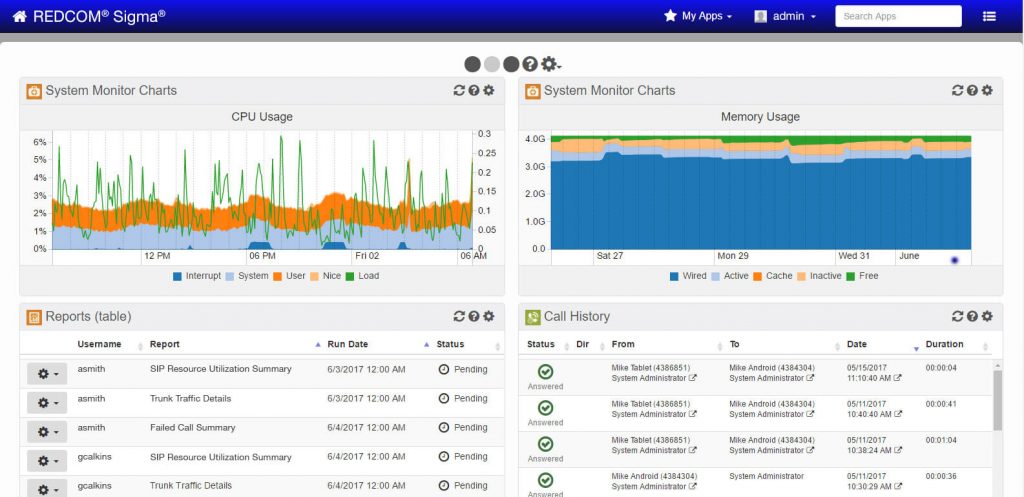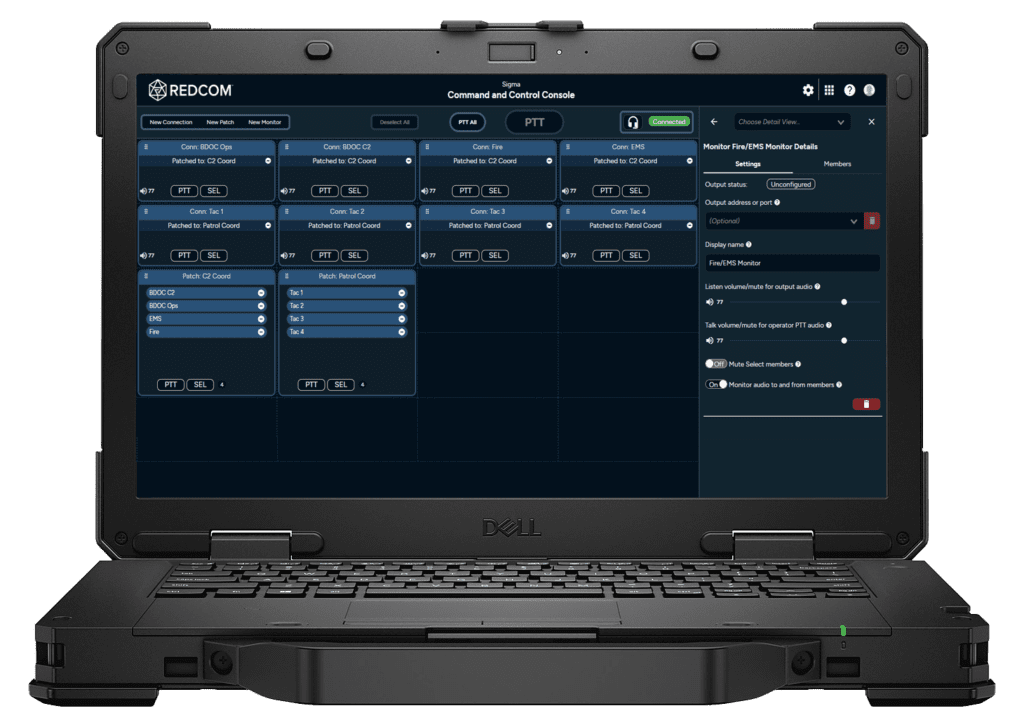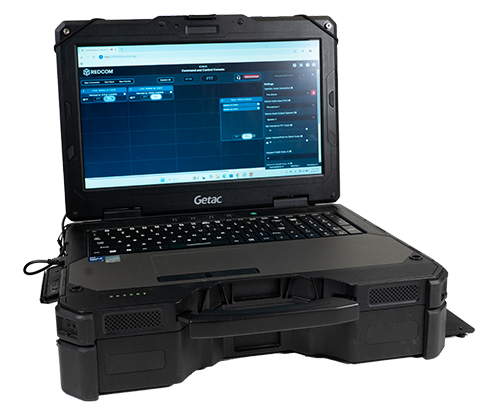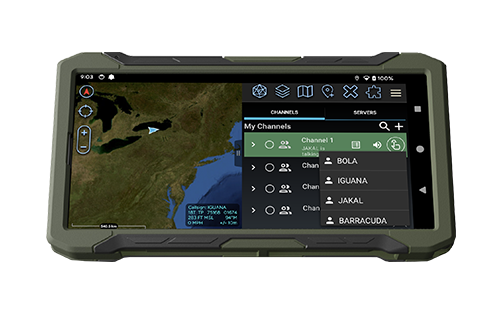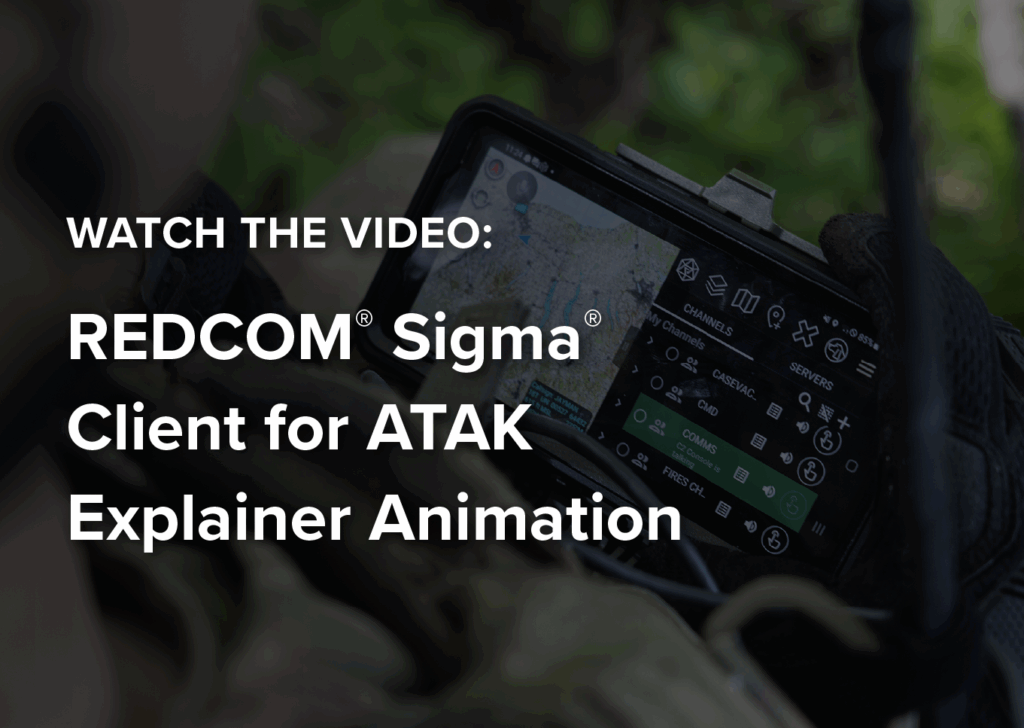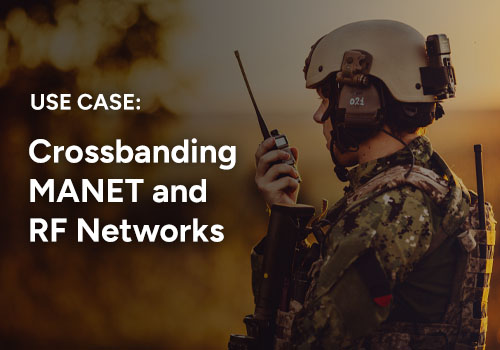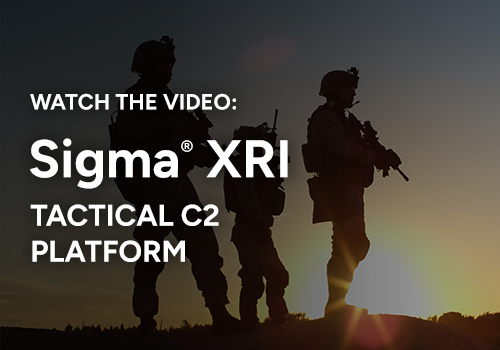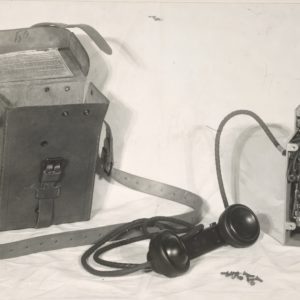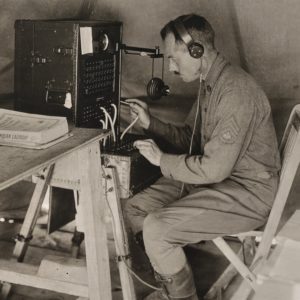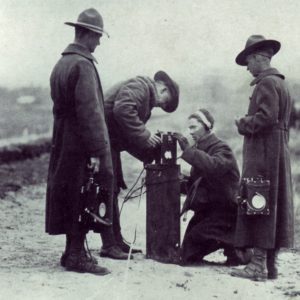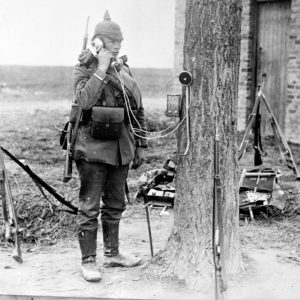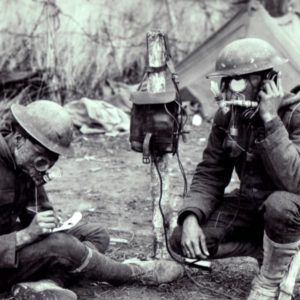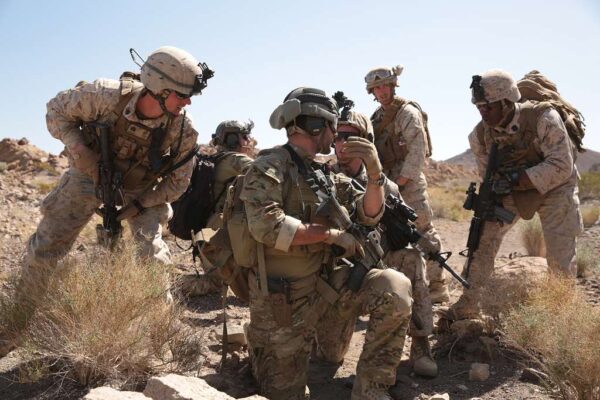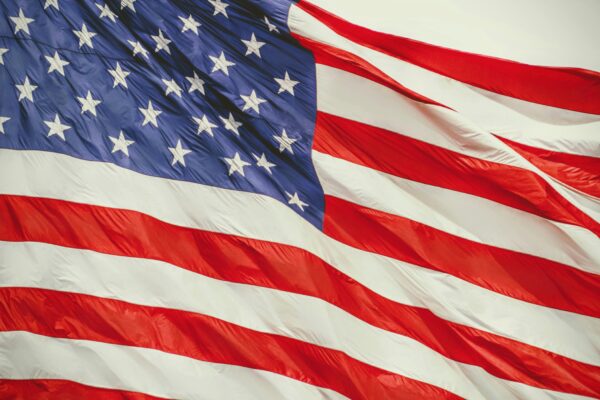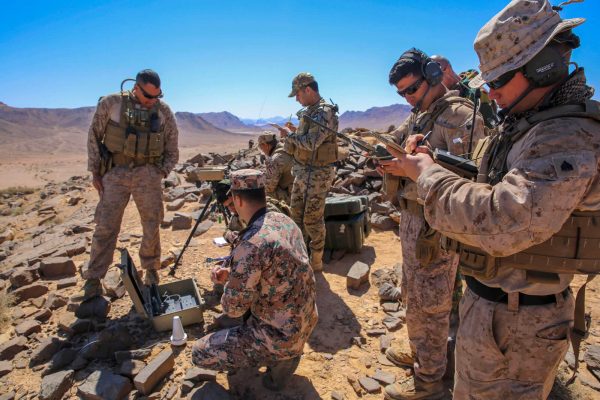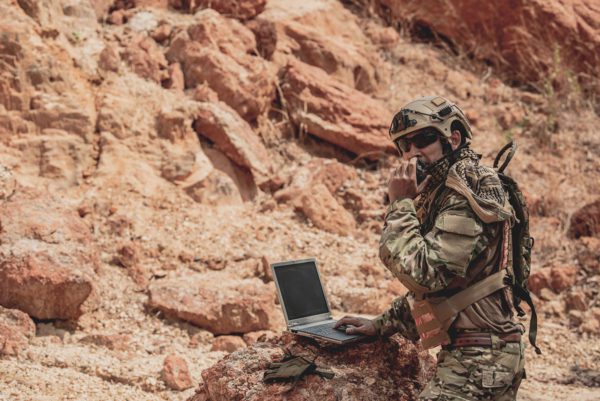Code Talkers: World War One
The need for secure communication is as old as tactical communication itself. When the US Army entered combat during World War One, the communications gear of the 1918 era was crude by today’s standards but still highly effective within the prevailing combat environment in France. German forces quickly developed ways to listen in on American tactical communications. In response, the Army leveraged a unique element of American culture and diversity to create a highly effective and uniquely American solution for secure tactical communication.
Transmitting messages in Choctaw
The following are excerpts from a report written by Colonel A. W. Bloor, the commander of the 142nd Infantry Regiment. They provide first-hand, primary-source insight into the US Army’s unique development of encoded tactical communications during 1918:
In the first action of the 142nd Infantry Regiment at St. Etienne, it was recognized that of the various methods of liaison, the telephone presented the greatest possibilities—provided it could be used without hindrance and provided straight-to-the-point information could be given.
It was well understood however that the Germans were a past master of “listening in.” There was every reason to believe that every message or word going over our wires also went to the enemy. We felt sure the enemy knew too much. It was, therefore, necessary to code every message of importance, and coding and de-coding took valuable time.
It was remembered that the regiment possessed a company of Native Americans and that they spoke 26 different languages or dialects, only four or five of which were ever written. There was hardly a chance in a million that “Fritz” would be able to translate these dialects and the plan to have these Indians transmit telephone messages was adopted. Native Americans from the Choctaw tribe were chosen and placed in each telephone company.
A number of Indians were detailed for training in transmitting messages over the telephone. The training was carried out by the liaison officer Lieutenant Black. It was found that the Indian’s vocabulary of military terms was insufficient. The Indian term for “Big Gun” was used to indicate artillery. “Little gun, shoot fast” was substituted for “machine gun,” and the regiment’s battalions were indicated by “One, Two, or Three grains of corn.” It was found that the Indian tongues do not provide verbatim translation, but at the end of the short training period, the results were very gratifying. We were confident that the possibilities of the telephone were obtained without its hazards.
